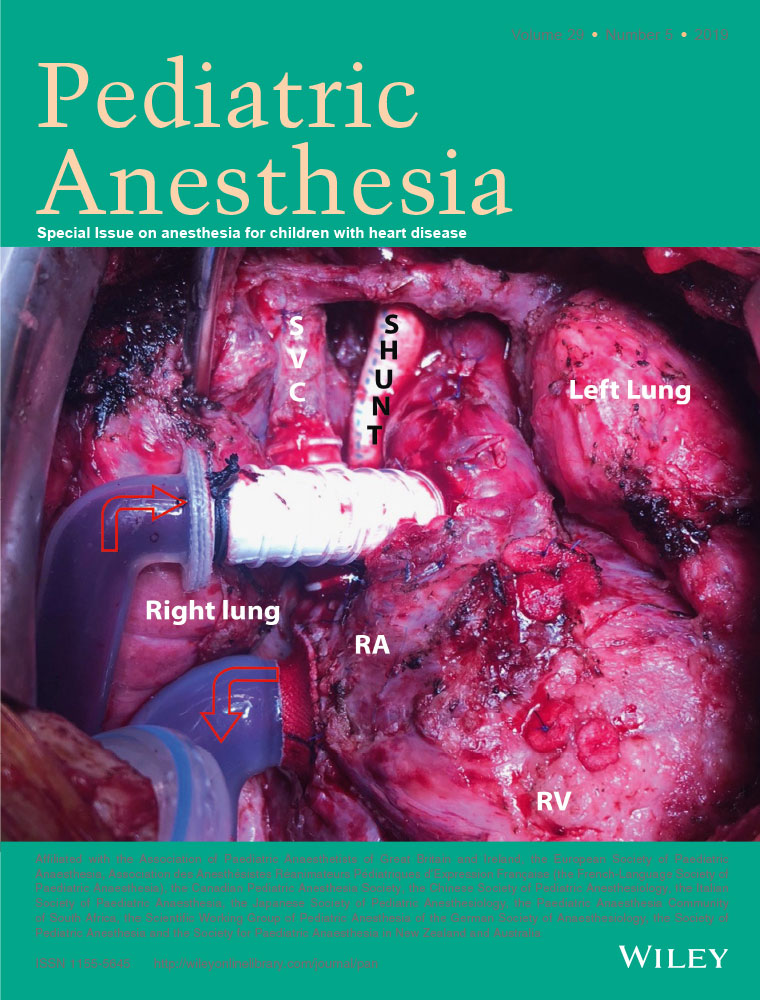Use of antifibrinolytics in pediatric cardiac surgery: Where are we now?
Funding information
This work was solely supported by the department of anesthesia and pain medicine, The Hospital for Sick Children, Toronto, Canada.
Summary
Fibrinolytic activation is a major and preventable source of bleeding in neonates and children undergoing cardiac surgery with cardiopulmonary bypass. Based on the existing literature (adult and pediatric; cardiac and noncardiac), prophylactic administration of antifibrinolytic agents can help reduce fibrinolytic activation, and consequently reduces perioperative bleeding and the requirement for blood product transfusion. Due to the increased risk of renal failure and mortality reported in adults undergoing cardiac surgery, aprotinin should not be considered as a safe option in neonates and children. Further well-designed studies would be required before the prophylactic administration of aprotinin could be considered in pediatric cardiac surgery. The lysine analogs, tranexamic acid and ϵ-aminocaproic acid,, should be considered as safe and effective antifibrinolytic agents. Although no major side effects have been reported following the administration of lysine analogs in children undergoing cardiac surgery, high-dose tranexamic acid should not be recommended in order to avoid the increased risk of clinical seizures. Despite the recent advances made in our understanding of the pharmacokinetics of tranexamic acid and ϵ-aminocaproic acid,, the optimal plasmatic concentration to be targeted remains unknown. Further studies are therefore urgently needed to better define the optimal dose regimen to be used in neonates and children. In the meantime, the dose regimen published in the most recent pharmacokinetic studies can be used. Although no studies have assessed the effect of massive bleeding and transfusion on the plasmatic concentrations of the lysine analogs, additional boluses might be considered in the presence of bleeding and/or when signs of fibrinolytic activations are observed on viscoelastic hemostatic assays.
CONFLICT OF INTEREST
The authors have no conflicts of interest.




